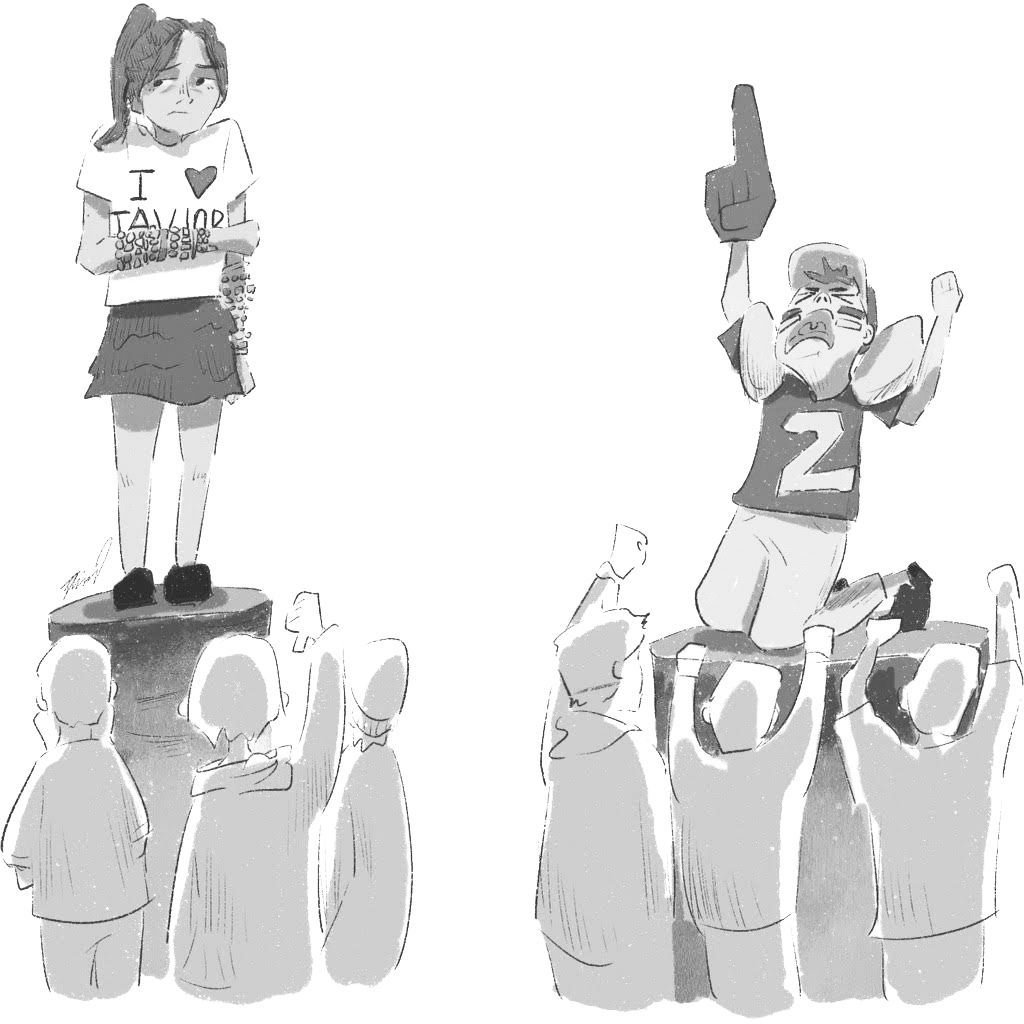With baseball being the American pastime and football being the United States’ most popular sport, soccer occupies a weird spot in American sporting culture. It has millions of fans and players, with the children raised in the United States being more likely to have played soccer than baseball or football, but it is far from the most popular sport in the nation. Every four years, however, when the nations of the world come together for the World Cup, soccer’s popularity in the United States spikes. Each World Cup since 2002 has seen 60-80 million more American viewers than the previous iteration of the competition, while in comparison, the Super Bowl only has been growing by about 5-10 million viewers. While historically, soccer’s popularity is on the rise. However, the quality of the United States’ team is definitely not.
With the United States being one of the top athletic nations in the world, it seemed that once the United States shifted its attention to soccer, it would dominate. After hosting the 1994 World Cup and witnessing its popularity, the United States Soccer Federation (USSF) decided that it was time for the United States to have its own outdoor professional league, called Major League Soccer (MLS) in order to increase soccer’s popularity and to build talent for the national team.
The MLS, although not without its deficiencies, did part of its job well. It is the third best attended sports league in the United States, and the seventh best attended soccer league in the world. Considering the fact that the MLS hasn’t even been around for 25 years, the fact that it’s competing with the almost century-old NFL and the 119-year-old Italian Serie A league is impressive and shows that while soccer isn’t the United States’ favorite sport, it’s pretty popular..
It’s logical to assume that since the MLS increased the popularity of soccer in the United States, it also increased the talent level of the U.S. national team. However, since the beginning, the USSF severely mismanaged the way the U.S. cultivates talent and coaches its national team, as evidenced by the team’s poor performances in past World Cups and its inability to even qualify for next year’s World Cup in Russia.
The rise of soccer’s popularity in the United States should be no surprise, but neither should the national team’s utter inability to perform on a world stage. The entire format of the MLS is not only one that doesn’t cultivate talent well, but one that almost discourages it. The MLS is missing one thing that every major soccer league in the world has—an incentive to consistently play well. The MLS playoff system negates any necessity for a team to keep up consistent performances in the league throughout the entire season. A nation’s league is a fundamental piece of its youth development system, and if it is flawed to the core like the MLS is, its national team will be as well.
In addition to the United States being crippled by its ridiculous league set up, the incompetence of the USSF hasn’t helped. The current president of the USSF, Sunil Gulati, who refused to resign after the United States’ failure to qualify for the World Cup, has little to no relevant soccer experience. Rather, he’s an economics professor at Columbia University. Has he done a considerable amount for soccer business in the United States? Absolutely. Gulati played a large role in increasing attendance at MLS games and increased USSF profits over his tenure. However, he knows very little about soccer, presiding over one of the worst periods of play for the United States team. Under Gulati, the team failed to qualify from North American qualifying to the 2018 World Cup, one of the easiest regions to qualify from.
One of Gulati’s most egregious errors is raising prices for youth leagues, advocating a pay-to-play model, which prevents lower income children from being able to play soccer at a higher level, a system that is almost unheard of in the rest of the world. When it came to managing the national team, he fired the head coach Jurgen Klinsmann, whose only crime was attempting to fix the United States’ broken soccer system in the first place. Before he could complete his vision however, despite being one of the United States’ most successful coaches, he was fired by Gulati for a mere string of poor performances.
What the future of United States soccer needs right now is a complete overhaul in its youth system, national team coaching and playing staff, and the entire USSF staff. The only thing that the USSF has succeeded in doing in recent years is creating a huge demand for quality soccer, with no supply of results to satiate the millions of Americans who follow the sport. It is unacceptable that the USSF continues with an ineffective system that cripples the development of our youth, maximizes profits for executives, and isn’t even able to reach the World Cup, something that teams like Iceland—a country with a thousandth of the United States’ population and qualifying from Europe, one of the hardest regions to qualify from—have been able to do. If soccer in the United States is to have any sort of future on the global stage, it is not enough for the USSF to fire a coach or two—it must start completely anew with a brand new foundation for American soccer as a whole.





